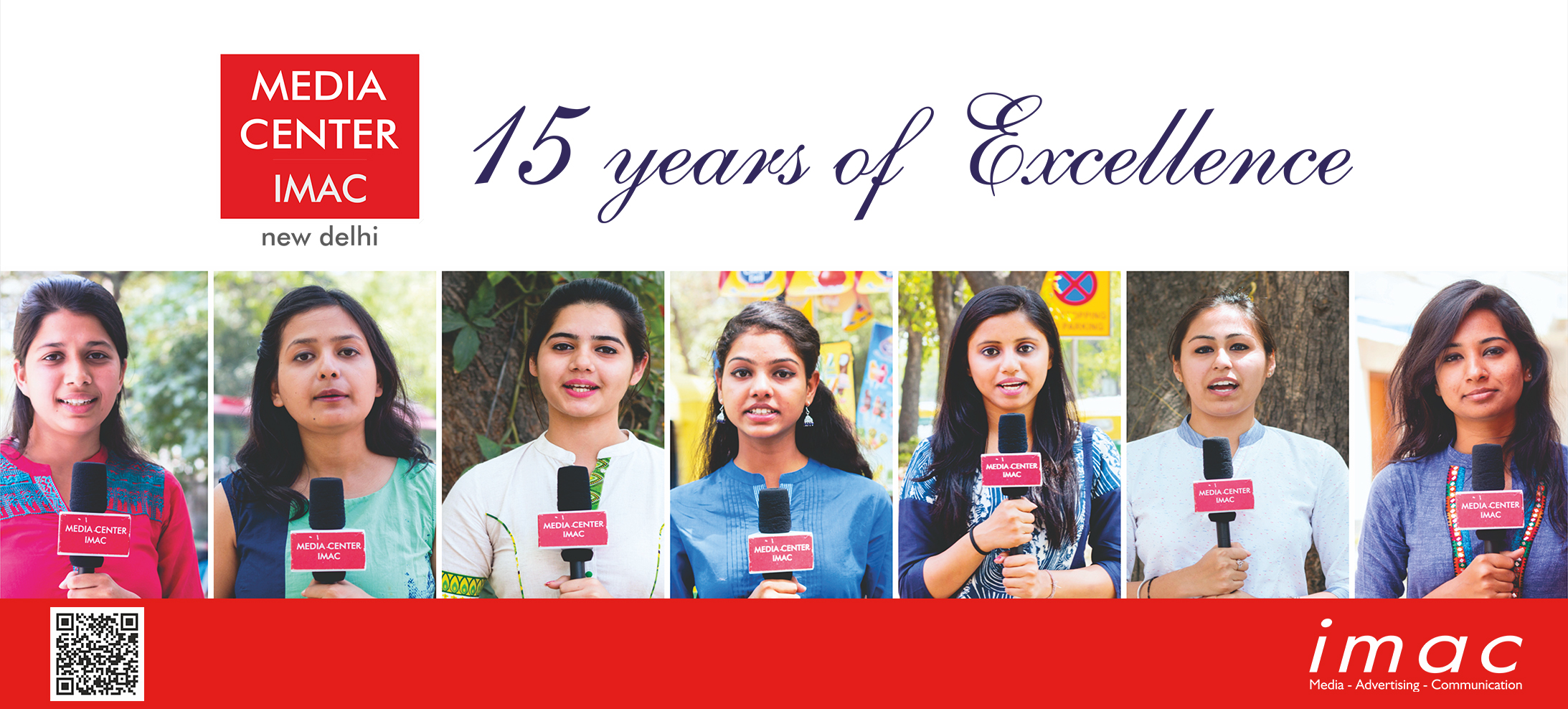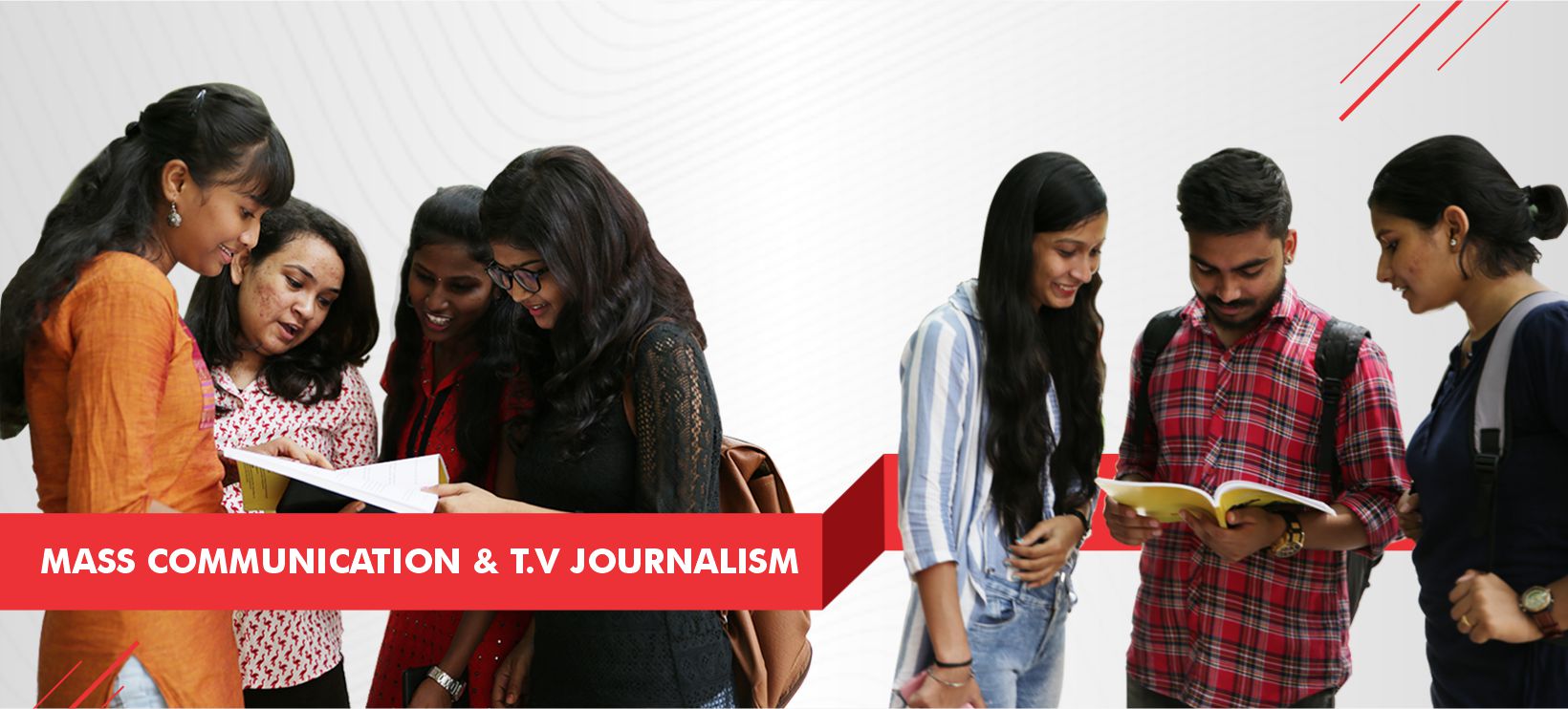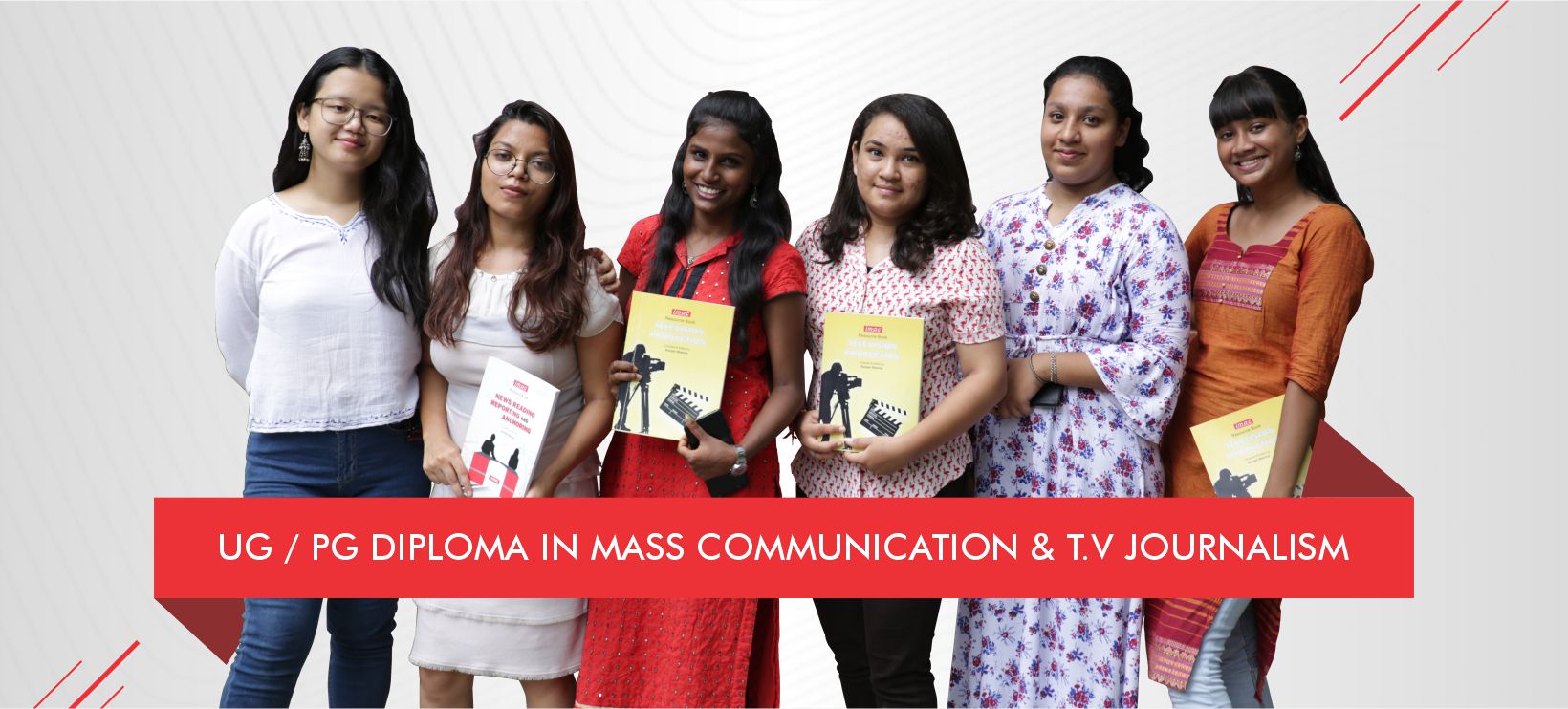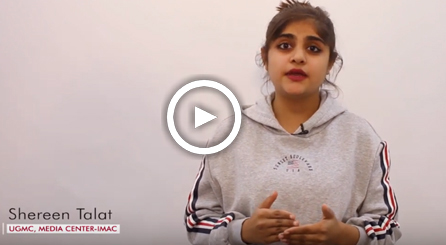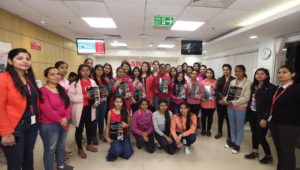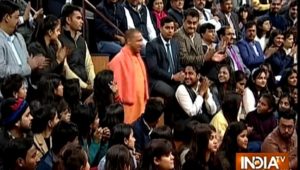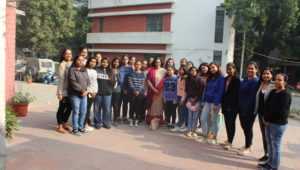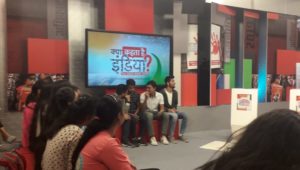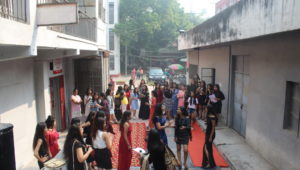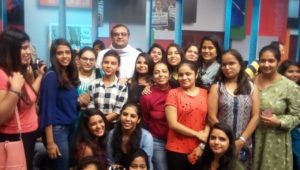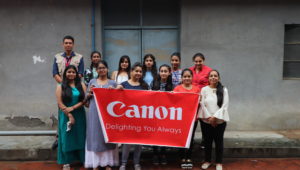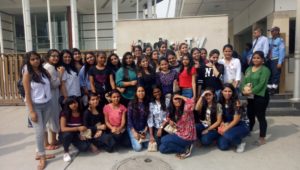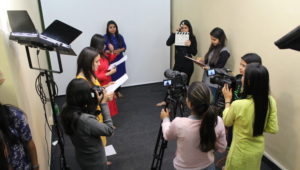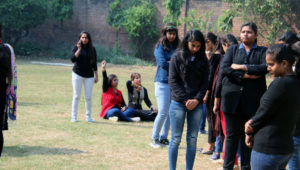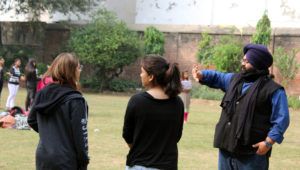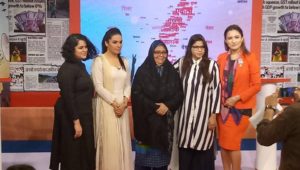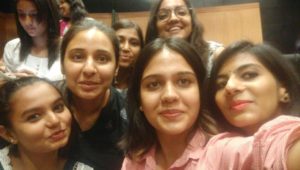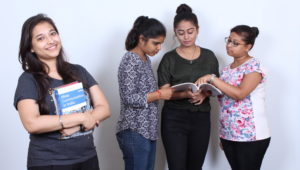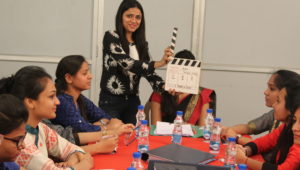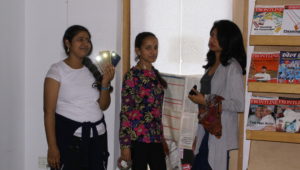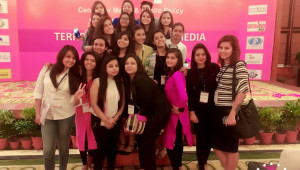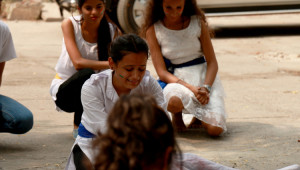Media has immense power in today’s world. There are more than thousand dailies, hundreds of TV channels and innumerous digital media sites and agencies. Inspite of such a vast array of jobs in media, it was after all a man’s world. The first ever newspaper published in India is the ‘Bengal Gazette’ published in Kolkata (then Calcutta).
Only in 1942, Vidya Munshi, a tenacious activist, who is known for her extensive presence as a women empowerment advocate on the streets of Bengal. Arguably the first female journalist of India, Vidya Munshi had gotten her start at the Mumbai based Blitz and later went on to work at various other newspapers. She was known to defend women even at work place wherever the patriarch tried to bring them down.
Later another woman from the newsroom enraptured the Indian audience. At a time when Doordarshan was just starting up, they had an experimental broadcast with Pratima Puri as the first newsreader of India. She was already working at All India Radio(AIR) before she was chosen by DD and later named as the “First Lady of the Indian Television”. Later when Doordarshan took off as the only channel in India, Pratima Puri took active participation to train more fellow women the art of news reading.
Breaking all stereotypical bounds, Homai Vyarawalla was the first female photographer of India. Starting off with taking pictures of the lifestyle of general people in every walk of life, she ended up having some of the most notable works of Indian photography, some of them being— Lord Mountbatten leaving India, the first rising of the Indian National Flag, preparations of Mahatma Gandhi’s cremation and several pictures of Prime Minister Jawaharlal Nehru. “I travelled across Delhi on a bicycle, wearing a sari, with two huge sling bags across my shoulders that held cameras and equipments. I would get strange looks from people on the street,”
The photographer was quoted, “Somehow it never occurred to me that I was doing something unusual or that I was the only woman in a male-dominated profession at that time. I think I was casual in my dressing and unobtrusive in my demeanor, so this may have made people around me feel at ease. I was always given due credit for my work and was respected just as any other competent person in the field. At school, I was the only girl in my matriculation class. So I was used to being in the company of boys.” Even with such a sporting demeanor, she was victim to inconsiderate remarks and inappropriateness. She recalled an incident where Dr. Ramakrishnan (second president of India) noticed her bandaged lips from the podium and later asked her if her husband bit her. While she was there to do her job, small tasteless comments such as these affect the status of a female journalist at work.
Regardless of such eminent female personalities in the field of media, the patriarch of media was still unable to accept a woman as a war-journalist. Today, we know Barkha Dutt, known for her news reporting from the Kargil War applauded her mother Prabha Dutt for protesting against deprivation of equal opportunities for women who have the same skill set as her male counterpart.
R. Akhilesh who is a veteran journalist stated that even though there are larger female journalists the power still stands in the hands of all-men committees. Women journalists are still subordinated and taken more as burdens. Such absurdities led a few women in rural Uttar Pradesh to make their own weekly newspaper known as the ‘Khabar Lahariya’. Catering to the people of lowest literacy, these power-packed women choose their beats from local development to national news, travel to gather their news and pictures and make a compilation. Later they cycle their way to Allahabad to print out these newspapers in bulk, which is then distributed by the women themselves. This concept is not as far-fetched in the future if women are not given equal power and say in the media houses. But since the 1960’s the society has moved forward with their thinking towards women-journalists. In the last decade a lot of women have entered the profession and essentially diluting the ‘male-centric profession’.
Bollywood, the other aspect of Indian Media has long been under scrutiny for reasons of female objectification, unequal pay, sexual harassment and nepotism. While there are some female directors like Konkona Sen Sharma and Gauri Shinde who have proved their worth in Bollywood. But the fact still stands that the number of female directors or writers or producers are far less than the number of male directors. Though the possibilities of fame and money in Bollywood are unfettered, female actresses have been pinned down with only decorative roles where all she needs to be is pretty. The post-colonial Bollywood was known to make female characters an effigy of purity, naiveté, devotion and obedience towards her male counterpart. The woman who can’t make her own decisions, sings only bhajans, starves herself for her husband’s long –life and her unmoving dedication to her family even when she is clearly a victim of domestic violence, has always been the ‘good woman’. Anything that speaks against that is either a vamp or an item girl. The list of stereotypical roles for women through the decades of Indian cinema is daunting. Though things are changing since 2017 with movies like ‘A death in the Gunj’ and ‘Lipstick Under My Burkha’, women like Kangana Ranaut are changing the face of Bollywood with increasing number women-centric movies.
The on-screen gap between men and women may be blurring, but the off-screen has changed for the worse. The latest #metoo wave has brought forward innumerous men in bollywood into the limelight. Casting couch has been spreading hand over fist. Endless studies have shown that women are scared to choose films as a career option for the possibility of harassment or even stagnation of their path in Bollywood.
Women are progressing but not fast enough. Men’s not wanting to step aside for a woman to replace him or even assist him in decision-making is one of the biggest problems in the media background. “One of the main ways that we’ll see change is when more female directors are able to helm cameras and helm the scripts and make films for women by women,” said author and columnist Ruchika Tulshyan. She added that progressive films with more “complicated and nuanced” roles for women are what Bollywood should look forward to.

